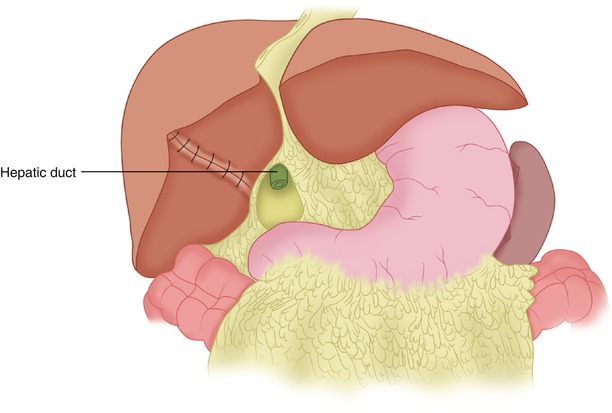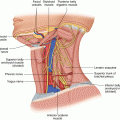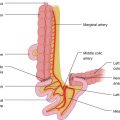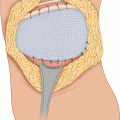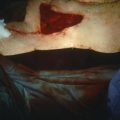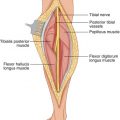(1)
State University of New York at Buffalo Kaleida Health, Buffalo, NY, USA
The Roux-en-Y loop has been used extensively following resection of the proximal part of the biliary tract or in a proximal esophagogastrectomy, performed because of a primary adenocarcinoma in this area or a soft tissue sarcoma involving these structures. It is also used as a bypass to restore the flow of bile into the gastrointestinal tract if the tumor itself is not resectable, or to drain pancreatic secretions into the GI tract. Sometimes the Roux-en-Y will not reach the desired level without tension. Passing the Roux-en-Y loop through an opening in the transverse mesocolon provides the shortest route to reach the proximal hepatic duct or the esophagus.
In the case illustrated in this chapter, a proximal hepatic duct was exposed and divided in order to remove the tumor, which involved the more distal portions of the hepatic duct and/or choledochus (Fig. 25.1). In making the Roux-en-Y loop, the small bowel is held from the ligament of Treitz and traced distally. The loops of the jejunum are exposed sequentially, as one tries to find out which is the most proximal loop that will reach the area of intended anastomosis without tension. The point in the jejunum to reach the higher point in the upper abdomen most easily is located approximately 30–40 cm below the ligament of Treitz. The mesentery is radially incised, and the peripheral arcade of vessels is ligated and divided at the level of the apex of the proximal loop of jejunum to be used in the construction of the Roux-en-Y loop (Fig. 25.2). The bowel loop is divided. The distal end of the loop, brought through an avascular space of the transverse mesocolon, usually will reach the desired level in the upper abdomen without other modifications. If necessary, this loop may be further lengthened by dividing the first of the vertical jejunal branches at the base of the mesentery (Fig. 25.3). Before dividing the first vertical jejunal branch near the edge of the mesentery of the distal loop, one should check that pulsatile flow at the mesenteric border of the distal end of the loop continues after a vascular clamp is applied on this branch. Care is needed so that the arcade parallel to the mesenteric portion of the bowel remains intact and is able to allow the communication and blood flow from more distal vertical jejunal branches at the base of the mesentery. Of course, the more vertical branches that are divided at the base of the mesentery, the more likely it will be that the blood flow through the part of the peripheral arcade near the edge of the Roux-en-Y may not be adequate in preserving the viability of the end of the Roux-en-Y loop. However, it is not commonly appreciated that the vertical length (depth) of the mesentery does not depend on the length of the vessels within the mesentery but instead is restricted by the depth of the peritoneum covering each side of the mesentery, as well as the adipose tissue underlying the peritoneal leaf. By incising the peritoneal leaves on both sides of the mesentery parallel to the mesenteric border of the Roux-en-Y loop, along with the adipose tissue beneath each peritoneal leaf, one can achieve lengthening of the Roux-en-Y loop by about 3–5 cm after two parallel incisions on each side of the mesentery of the Roux-en-Y. This lengthening should allow the loop to reach high places without tension and without the risk attending the division of the vertical jejunal branches at the base of the mesentery. Using peritoneolysis in lengthening the Roux-en-Y loop, one does not have to divide any of the vertical branches arising from the superior mesenteric artery at the base of the mesentery. At least two incisions are made on each side of the mesentery, both of them parallel to the mesenteric border so that there will be enough release in the mesentery to allow its elongation by 3–5 cm (Fig. 25.4). In the case presented, a duct-to-mucosa anastomosis has been made between the proximal hepatic duct and the antimesenteric border of the Roux-en-Y loop. To make an anastomosis with a proximal hepatic duct or with the esophagus, it is preferred to use an appropriate opening in the antimesenteric border rather than part of the opening of the Roux-en-Y loop, because one can make the new opening to fit exactly the opening of the hepatic duct or esophagus. Furthermore, the amputated stump of the Roux-en-Y loop is not the highest point of the curve of the Roux-en-Y, which is located a few centimeters distal to the divided end of the Roux-en-Y loop [1].
